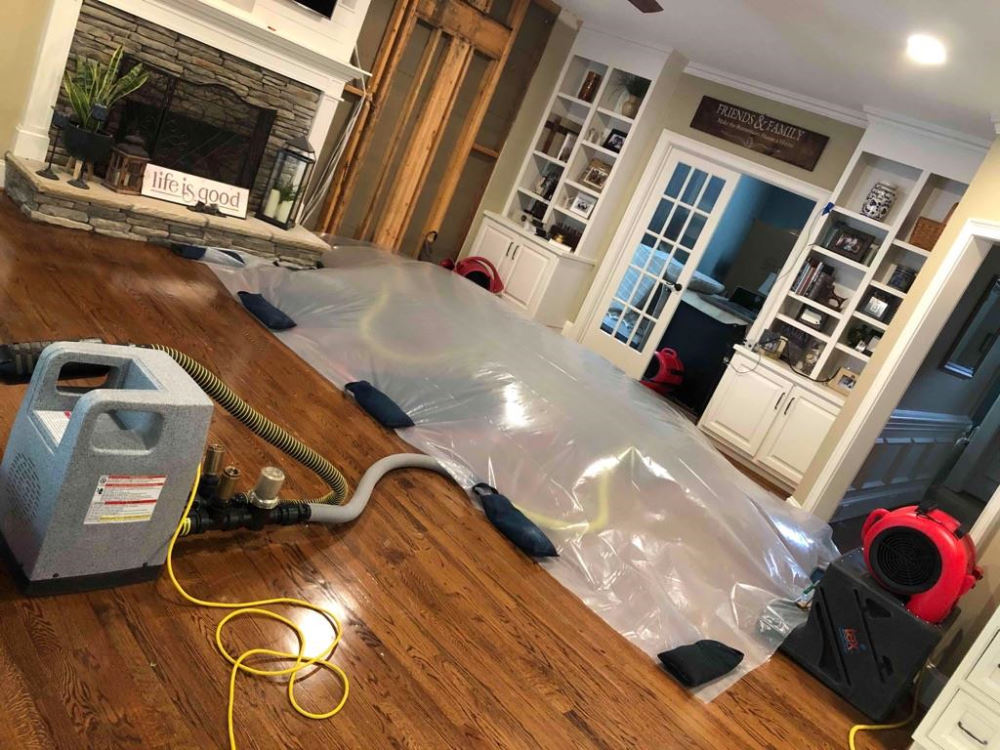Mastering the Art of Sewage Cleanup: Provens Methods for Tacklings the Mess

Sewage cleanup is a daunting task that requires precision, caution, and thoroughness to ensure the safety of both property and inhabitants. Whether it’s a result of a backed-up sewer line, a malfunctioning septic system, or flooding, sewage spills demand immediate attention and careful handling to mitigate health risks and prevent further damage. Mastering the art of Sewage cleanup involves understanding proven methods and techniques for effectively tackling the mess while maintaining a safe and sanitized environment.
- Safety First: Before diving into sewage cleanup, prioritize safety by wearing appropriate personal protective equipment (PPE) such as gloves, goggles, masks, and boots. Raw sewage contains harmful pathogens that can cause serious health issues if ingested or inhaled, so protecting yourself is paramount.
- Containment and Source Control: Stop the source of the sewage flow to prevent further contamination. Turn off the main water supply and block off the affected area to contain the spill. If necessary, seek professional assistance to address the root cause of the sewage backup.
- Water Extraction: Remove standing water and sewage from the affected area using pumps, wet-dry vacuums, or buckets. Dispose of contaminated water properly and in accordance with local regulations to prevent environmental contamination.
- Cleaning and Disinfection: Thoroughly clean and disinfect all surfaces and materials that came into contact with sewage. Use a combination of hot water and detergent for cleaning, followed by a solution of bleach and water (one cup of bleach per gallon of water) for disinfection. Pay special attention to surfaces like floors, walls, baseboards, and fixtures.
- Porous Material Removal: Discard and replace porous materials such as carpeting, drywall, and insulation that have been extensively contaminated by sewage. Porous materials can harbor bacteria and pathogens and are difficult to thoroughly clean and disinfect.
- Ventilation and Drying: Promote ventilation and drying in the affected area to prevent mold growth and dissipate odors. Use fans, dehumidifiers, and open windows to facilitate airflow and aid in the drying process. Monitor moisture levels closely to ensure thorough drying.
- Professional Assessment: Consider seeking professional assistance for thorough inspection and assessment of the sewage damage. Experienced restoration specialists can identify hidden moisture pockets, assess structural integrity, and provide expert guidance on cleanup and restoration efforts.
- Preventive Measures: Take preventive measures to minimize the risk of future sewage backups, such as regular maintenance of plumbing systems, proper disposal of waste, and installation of backflow prevention devices. Proactive measures can help prevent future incidents and protect your property from sewage-related damage.
- Monitor and Follow-Up: Monitor the affected area closely for any signs of mold growth, water damage, or recurring sewage issues in the days and weeks following cleanup. Address any lingering issues promptly to prevent further damage and ensure a safe and healthy living environment.
By mastering these proven methods and techniques for sewage cleanup, homeowners can effectively tackle sewage spills and restore their properties to a clean and sanitized state. Prompt action, thorough cleaning, and preventive measures are key to successful sewage cleanup and minimizing the risk of health hazards and property damage.




